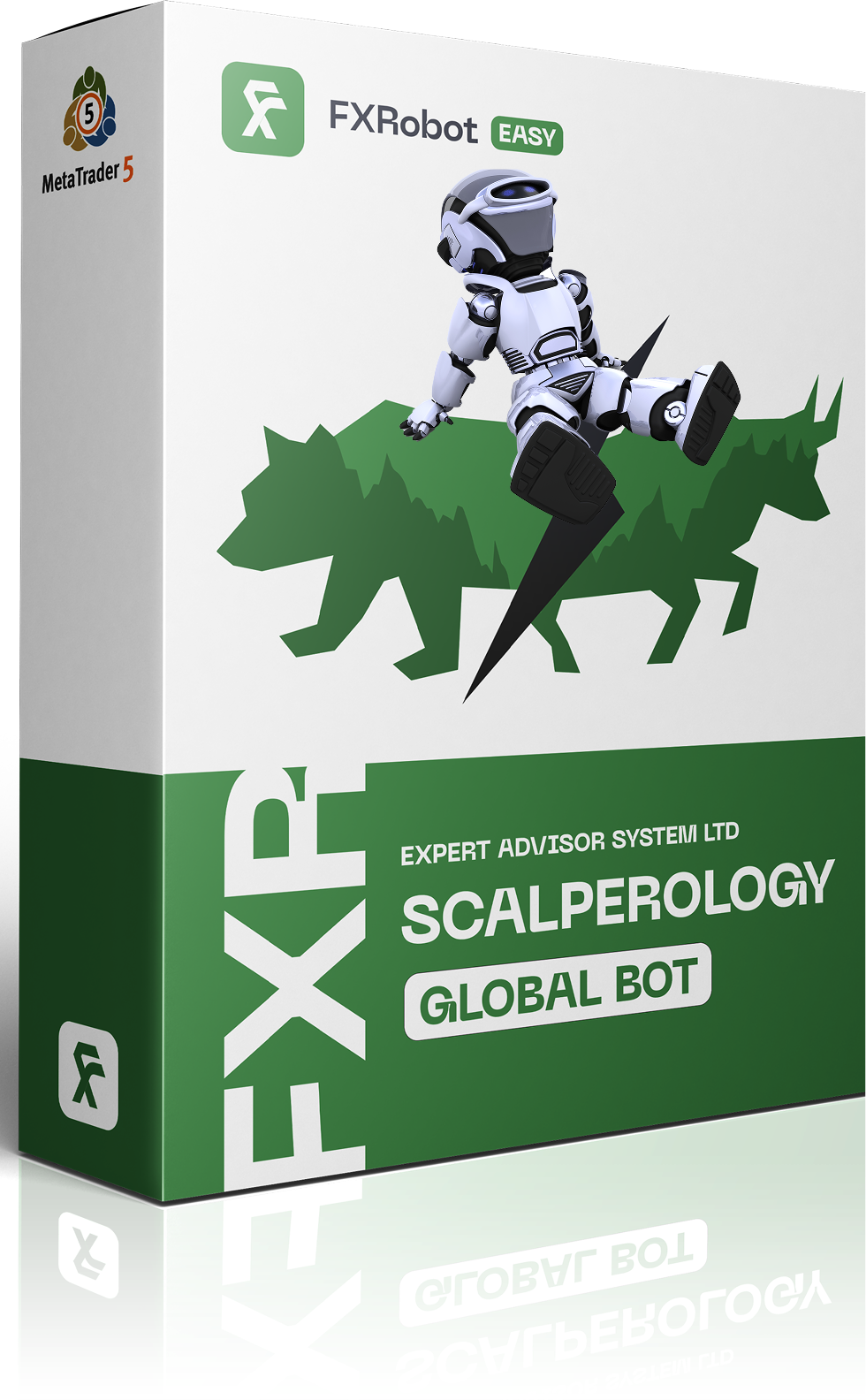At this time, purchasing EASY Bot items is not available to all members. Read more - how to get access to purchase
TMQ Analysis
Understanding TMQ Analysis
Key Components of TMQ Analysis
Application in Trading Strategies
TMQ vs. Traditional Analysis Methods
Popular Tools for TMQ Analysis
Improve your Trading
 Subscribe Telegram
Subscribe Telegram
Learn the secrets of successful trading: Get favorable offers for automatic trading algorithms and increase your chances in the market!


